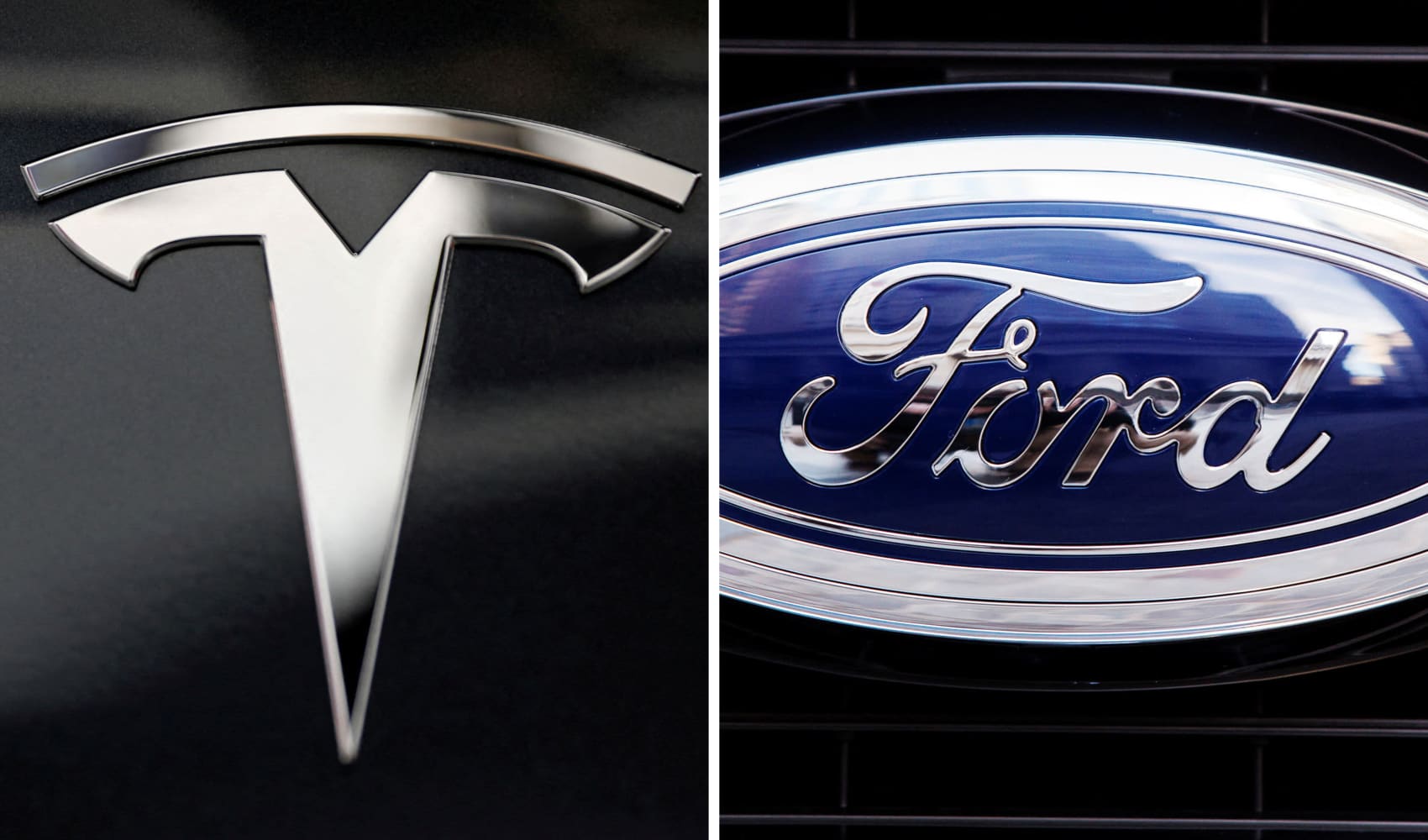
Boeing's Starliner is a human-grade space capsule designed to take astronauts to and from the International Space Station. Boeing began work on the capsule in 2014, when it signed a $4.2 billion contract with NASA under the agency's Commercial Crew Program.
NASA also selected SpaceX for the job, giving Elon Musk's company $2.6 billion to develop its Crew Dragon capsule.
"The entirety of the Commercial Crew Program was very much a new venture," said Caleb Henry, director of research at Quilty Space. "Prior to that, NASA relied on a lot of its own engineering talent to get humans to the space station."
Henry said the program allowed NASA to offload "some of those responsibilities to the private sector."
"There was some reticence in Congress towards this type of approach," he said. "It was only because Boeing threw its hat in the ring that Congress and by extension, NASA, were confident enough to actually go forward with this program."
In the decade since, Boeing has struggled to deliver on the six missions it's contracted to fly with NASA.
Get Tri-state area news delivered to your inbox. Sign up for NBC New York's News Headlines newsletter.
Of the nearly $5 billion Boeing has received to develop Starliner to date, the company has spent $1.5 billion to cover delay overruns. Boeing recently launched its last test, a milestone crewed mission, which it needs to complete before NASA can certify Starliner to begin operational missions.
Money Report
SpaceX, meanwhile, has completed over a dozen crewed missions to space, launching both NASA astronauts and private citizens since 2020.
Watch the video to learn more about the obstacles that Boeing has faced with its Starliner project and what the future may hold for its long-awaited capsule.






